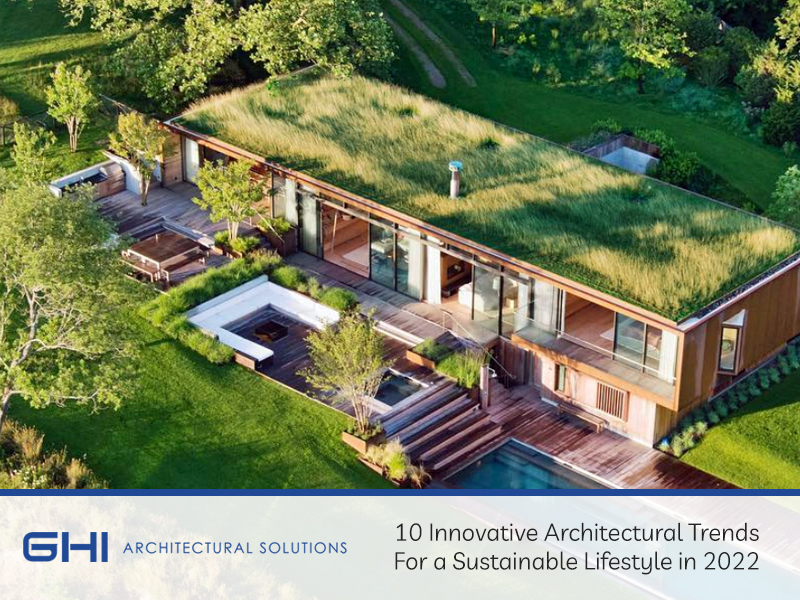Eco-Friendly Architectural Innovations: Sustainable Design Trends

Introduction: Embracing Sustainable Architecture Trends
Sustainable architecture is shaping the future of design, prioritizing eco-friendly practices. In this exploration, we delve into the latest trends that define sustainable architecture, reflecting a commitment to environmental responsibility.
Green Building Materials: The Foundation of Sustainable Design
At the core of sustainable architecture is the use of green building materials. From reclaimed wood and recycled metal to bamboo and cork, architects are increasingly choosing materials that minimize environmental impact. These choices not only reduce resource depletion but also contribute to healthier indoor environments.
Energy-Efficient Design: Creating Buildings that Conserve Energy
Energy efficiency is a paramount consideration in sustainable architecture. Modern designs incorporate features such as solar panels, energy-efficient windows, and well-insulated structures. These elements not only reduce a building’s carbon footprint but also result in long-term cost savings for owners.
Biophilic Design: Connecting Buildings with Nature
Biophilic design integrates nature into architectural spaces, fostering a connection between occupants and the natural environment. This trend includes the incorporation of green roofs, indoor plants, and natural lighting to enhance well-being and promote a sense of harmony within built environments.
Net-Zero Buildings: Balancing Energy Consumption and Production
The concept of net-zero buildings is gaining traction in sustainable architecture. These structures are designed to produce as much energy as they consume, often through renewable energy sources. Achieving a net-zero status is a testament to a building’s commitment to sustainability and environmental stewardship.
Adaptive Reuse: Breathing New Life into Existing Structures
Rather than demolishing old structures, sustainable architecture trends embrace adaptive reuse. Converting existing buildings for new purposes reduces the environmental impact associated with demolition and construction. This approach honors the history of a site while promoting sustainable practices.
Smart Building Technologies: Enhancing Efficiency and Comfort
Innovations in smart building technologies play a vital role in sustainable architecture. From automated lighting systems to intelligent climate control, these technologies enhance both energy efficiency and occupant comfort. The integration of smart technologies aligns with the goal of creating buildings that respond intelligently to environmental conditions.
Water Conservation Strategies: Sustainable Water Management
Sustainable architecture goes beyond energy considerations to address water conservation. Buildings are incorporating features such as rainwater harvesting, greywater recycling, and low-flow fixtures to minimize water consumption. These strategies contribute to the responsible use of water resources.
Community-Centric Design: Fostering Social Sustainability
Sustainable architecture extends beyond environmental considerations to embrace social sustainability. Community-centric design involves creating spaces that promote social interaction, accessibility, and inclusivity. Parks, communal spaces, and mixed-use developments are designed to enhance the overall well-being of communities.
Circular Economy Principles: Minimizing Waste in Construction
A key trend in sustainable architecture involves adopting circular economy principles. This approach focuses on minimizing waste by reusing, repurposing, and recycling materials. Sustainable buildings aim to contribute to a circular economy, where resources are utilized efficiently, and waste is minimized throughout the construction process.
Conclusion: A Greener Future through Sustainable Architecture
In conclusion, sustainable architecture trends are shaping a greener and more responsible future for the built environment. From incorporating green building materials and energy-efficient design to embracing biophilic principles and circular economy practices, architects are at the forefront of creating structures that prioritize both environmental and social well-being.
Explore more about Sustainable Architecture Trends at jetdesignhome.my.id.









